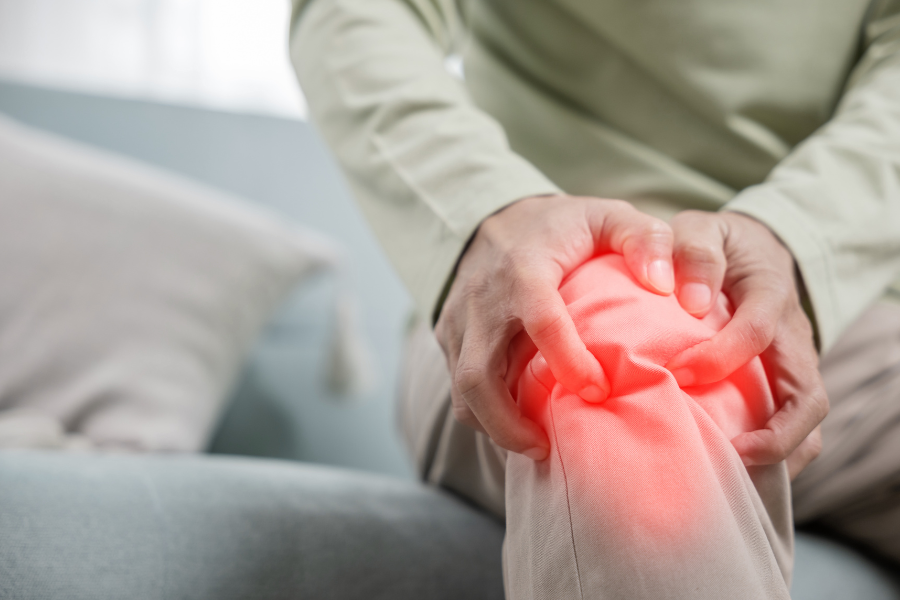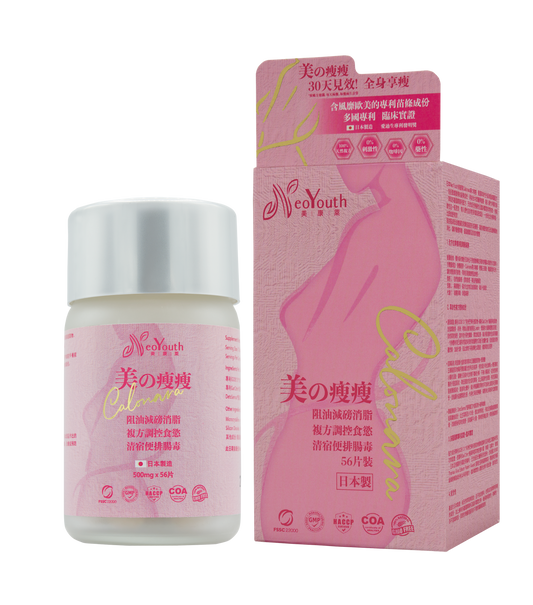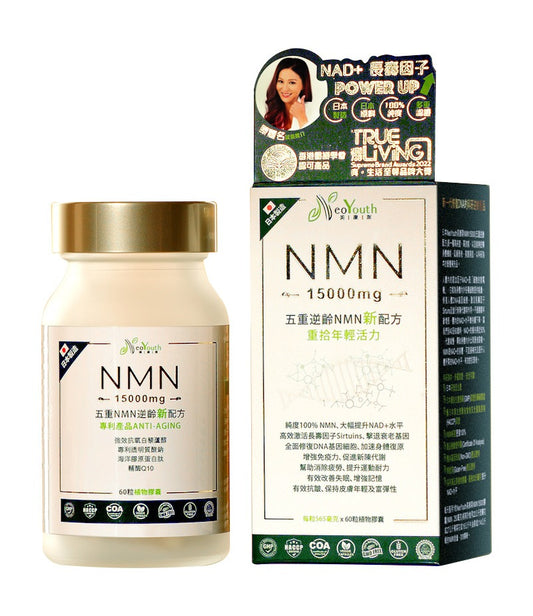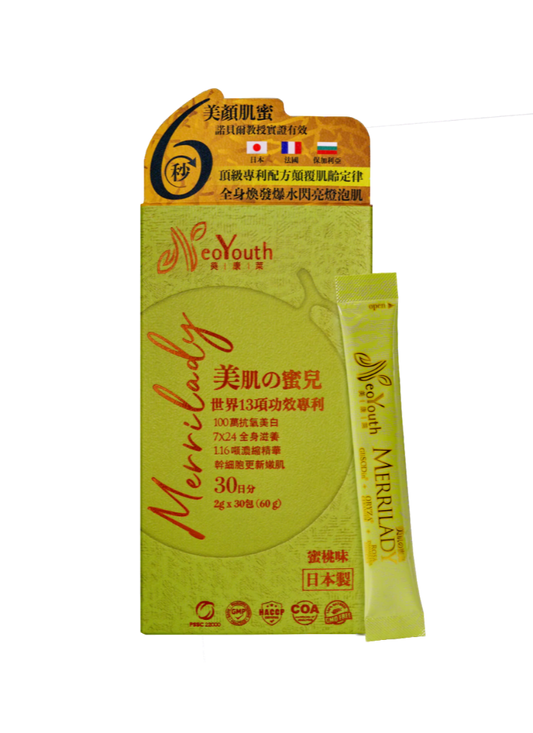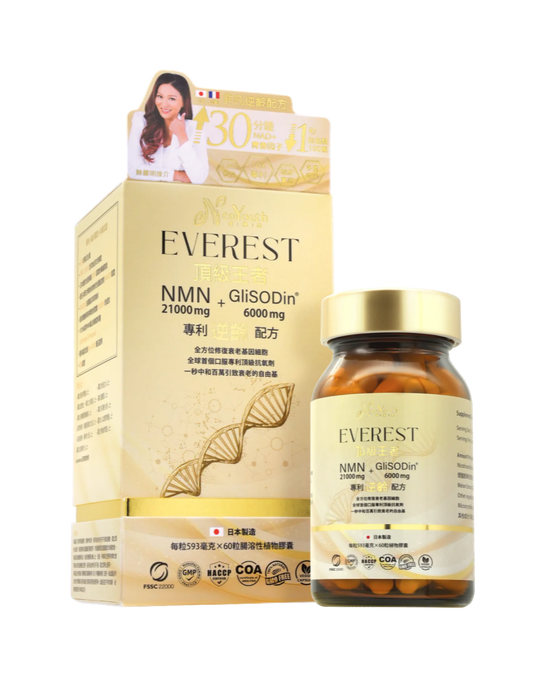Osteoarthritis is a chronic disease caused by joint aging and wear and tear, commonly affecting middle-aged and older adults. Depending on the degree of degeneration, osteoarthritis can be classified into different grades, with symptoms ranging from mild pain and swelling to difficulty moving. This article will guide you through understanding the causes and early symptoms of osteoarthritis , helping you assess its severity and choose appropriate treatments and health supplements early to slow disease progression and alleviate discomfort.
What is osteoarthritis?
Osteoarthritis, also known as degenerative arthritis, occurs over time when the cartilage in the joints, which cushions the joints, wears down, leading to inflammation, deformation, and even bone spurs. Osteoarthritis commonly affects joints, most frequently in the lower limbs, such as the knees and ankles. Other common sites include the cervical spine, hip joints, spine, and the distal interphalangeal joints of the fingers. While cartilage damage cannot be fully repaired, several treatment methods can slow the progression of the disease and restore joint function.
Causes of osteoarthritis
Osteoarthritis is caused by a variety of factors, and understanding these causes can help prevent and control the disease progression early. According to a report by the World Health Organization (WHO), approximately 528 million people worldwide had osteoarthritis in 2019. [1] The following are some common causes and high-risk groups:
-
Age : Osteoarthritis typically develops between the ages of 40 and 50, with joint wear and tear increasing with age. According to a WHO report, approximately 70% of patients are over 55 years old. [1]
-
Being overweight : Being overweight increases the burden on joints, especially weight-bearing joints such as the knees and hips, increasing the risk of developing osteoarthritis and causing the condition to progress to a higher grade of osteoarthritis .
-
Overuse of joints : Long-term engagement in high-impact or repetitive joint activities, such as lifting heavy objects or frequently climbing stairs, will accelerate joint wear and tear.
-
Joint diseases : People with inflammatory diseases such as rheumatoid arthritis or gout are more likely to develop osteoarthritis.
-
Other factors : Past joint injuries, genetic predisposition, hormonal changes in women, and chronic diseases such as diabetes or high cholesterol may all increase the risk of developing osteoarthritis, requiring further consideration of osteoarthritis prevention and treatment methods .
Classification of osteoarthritis
Understanding the classification of osteoarthritis helps clarify the stage of the disease and choose the appropriate treatment. The following sections will introduce four common grades based on their severity.
Level 0
Grade 0 in the osteoarthritis classification represents normal knee joint function, no signs of degeneration, no narrowing of the joint space or bone spurs, and no pain or swelling felt by the patient.
Level 1
Grade 1 represents the initial stage of osteoarthritis , with less pronounced symptoms ; a small percentage of patients may experience mild pain. Only a few patients will experience mild discomfort or pain. At this stage, cartilage begins to be lost between the joints, and bone spurs may gradually form.
Level 2
In stage 2, the joint space begins to narrow, and cartilage wear becomes more pronounced. Patients may experience pain during activity and limited range of motion in the joint, thus affecting their mobility.
Level 3
This falls under the moderate degenerative arthritis classification . In grade 3, the joint spaces are significantly narrowed, bone spurs are more numerous and larger, and swelling may occur in the joint area. Pain is more pronounced at this stage, especially during movement, walking, or using the joint, and there may also be stiffness after maintaining a posture for extended periods.
Level 4
Grade 4 is the most severe stage, where the cartilage is completely worn away and the joint space is almost completely eliminated, leading to joint adhesions, swelling, and severe pain. Patients experience a significant decrease in mobility and may be unable to perform daily activities, or even require surgery or assistive devices to improve their daily function. [2]
Early symptoms of osteoarthritis
Osteoarthritis often presents with mild initial symptoms, which are frequently overlooked, leading to missed opportunities for treatment. Paying attention to the following early symptoms of osteoarthritis can help in early detection and slow the progression of the disease:
-
Pain during activity : Intermittent joint pain occurs when going up or down stairs, walking, or getting up after sitting for a long time.
-
Joint swelling : The affected joint may be slightly swollen after activity or that evening, and may be accompanied by mild discomfort when pressed.
-
A clicking sound in the joint : A slight grinding or "clicking" sound can be heard when bending or straightening the joint.
-
Limited mobility : Reduced range of motion in the joints, such as the knee not being able to bend fully, or feeling stuck and uncomfortable when straightening.
Treatment of osteoarthritis
While worn-out cartilage cannot be restored, appropriate treatments for osteoarthritis can effectively alleviate symptoms and slow its progression. Starting with daily life activities such as weight loss, avoiding repetitive stress on joints, and adjusting posture and movement habits are important first steps. The following are common treatments for osteoarthritis :
Drug treatment
Medication is one of the most common treatments for osteoarthritis. Common pain relievers such as acetaminophen (Tylenol) and nonsteroidal anti-inflammatory drugs (NSAIDs) can effectively relieve pain and inflammation; for patients with chronic pain, duloxetine (Cymbalta) can effectively control symptoms. Injectable steroids can relieve short- to medium-term pain.
Physical therapy
Physical therapy and rehabilitation treatments such as cold compresses, hot compresses, electrotherapy, and muscle strengthening exercises can relieve joint pain and stiffness, strengthen muscles, and stabilize joints. Knee braces or specialized supports can be used as needed to reduce the burden on joints.
Surgical treatment
If the osteoarthritis is grade 4 and the symptoms are severe, an orthopedic surgeon may recommend minimally invasive surgery to repair the torn meniscus cartilage, or partial or total joint replacement to restore joint function and improve mobility. [3]
How to prevent osteoarthritis
The key to preventing osteoarthritis is reducing the burden on the knees. For example, avoid standing, walking, or squatting for long periods. If you experience knee discomfort, rest immediately and avoid sustained stress. Activities such as climbing stairs, wearing high heels, and lifting heavy objects can also increase pressure on the knee joint, so try to avoid overexertion.
In addition, exercise is very helpful for patients with osteoarthritis, as it not only strengthens muscles and stabilizes joints but also helps alleviate stiffness. However, high-impact exercises such as running and jumping should be avoided; it is recommended to choose exercises that put less strain on the joints, such as swimming.
How to choose health supplements for osteoarthritis ?
It is recommended that high-risk groups for osteoarthritis supplement their diets with nutrients beneficial to joints to improve joint and bone health. Below are some common ingredients in osteoarthritis supplements :
|
Element |
Main function |
|
Chondroitin |
It maintains the elasticity and moisture of cartilage, helps cushion and reduce joint friction, and improves discomfort caused by arthritis. |
|
Hyaluronic acid |
It has excellent water retention and lubrication capabilities, which can reduce friction between bones and improve discomfort during activity. |
|
MSM (Methylthiomethylmethane) |
It possesses anti-inflammatory and analgesic effects. It is often used in combination with glucosamine and chondroitin to relieve discomfort and joint stiffness during activity. |
|
NMN (β-nicotinamide mononucleotide) |
It can promote NAD+ synthesis, which helps repair joint cells and promote energy metabolism. It has potential benefits in delaying joint aging and improving cartilage elasticity, and is one of the important health food ingredients for osteoarthritis . |
|
Omega-3 fatty acids |
Commonly found in deep-sea fish oil, it can regulate inflammation and reduce joint swelling and stiffness. In particular, EPA and DHA can effectively relieve symptoms of chronic arthritis. |
|
Vitamin C |
It assists in the synthesis of collagen, maintains and repairs joint tissue structure, and also has antioxidant properties, which help reduce the damage caused by oxidative stress on joints. |
|
Vitamin D |
It helps with calcium absorption and maintains bone density, making it an important nutrient for preventing osteoporosis. It also has anti-inflammatory and muscle-maintaining functions. |
Everest, the top choice for relieving discomfort from osteoarthritis, is the Japanese brand Miconlai.
Osteoarthritis is a chronic degenerative disease caused by aging and long-term joint wear and tear. While it cannot be cured, daily maintenance and supplementation with osteoarthritis-specific health products can help slow its progression and alleviate pain. Everest NMN 21,000mg + GliSODin® 6000mg from Japan is a nutritional supplement that can regulate and strengthen the body at the cellular level, making it suitable as an adjunct to non-pharmacological treatments for osteoarthritis . Product features are as follows:
-
High-efficiency NMN ingredient : NMN has been certified by multiple authoritative institutions in the United States and Japan. It can promote the synthesis of energy cells, activate the anti-aging protein SIRT1, effectively delay the aging of joint cells, maintain joint flexibility and stability, and is especially helpful for patients with osteoarthritis.
-
SOD Super Antioxidant Enzyme : Contains patented French SOD, which effectively neutralizes free radicals produced in the body due to aging or inflammation, slows down the aging of joint cartilage, and is especially helpful in slowing down the degeneration rate for those in the early stages of osteoarthritis .
-
No additives, high absorption rate : 100% high-purity NMN with enteric-coated capsule design, free from pesticide residues and heavy metal pollution, can be safely and effectively absorbed by the intestines, and fully exert nutritional efficacy.
-
Made in Japan with professional expertise : We carefully select top-quality raw materials from Japan and France, and manufacture them locally in Japan. Our products have passed multiple international quality and safety certifications, ensuring your peace of mind and safety.
-
Easy daily supplementation : Just 1 to 2 capsules every morning can be used as a health supplement for osteoarthritis , easily replenishing cell vitality, and is especially suitable for people suffering from arthritis or joint degeneration.
If you are facing early symptoms of osteoarthritis or want to prevent joint aging, Everest's top-tier NMN 21,000mg + GliSODin® 6000mg is an excellent choice for conditioning and delaying aging, helping you regain vitality and confidence from the inside out.
Prevent osteoarthritis early and maintain physical activity
After understanding the causes and early symptoms of osteoarthritis , you 'll realize that early prevention is key to slowing joint degeneration. Knowing the osteoarthritis classification system also helps you detect and assess its severity early, allowing you to discuss appropriate treatment methods with your doctor . Furthermore, appropriate supplementation with osteoarthritis-related health products , combined with regular exercise, can effectively support joint health and reduce future joint damage and discomfort.
References:
1. World Health Organization - Osteoarthritis
2. Yang's Rodin Clinic - What are the symptoms of osteoarthritis? Understanding the causes, treatment, and maintenance of knee joint degeneration!
3. Cleveland Clinic - Osteoarthritis

